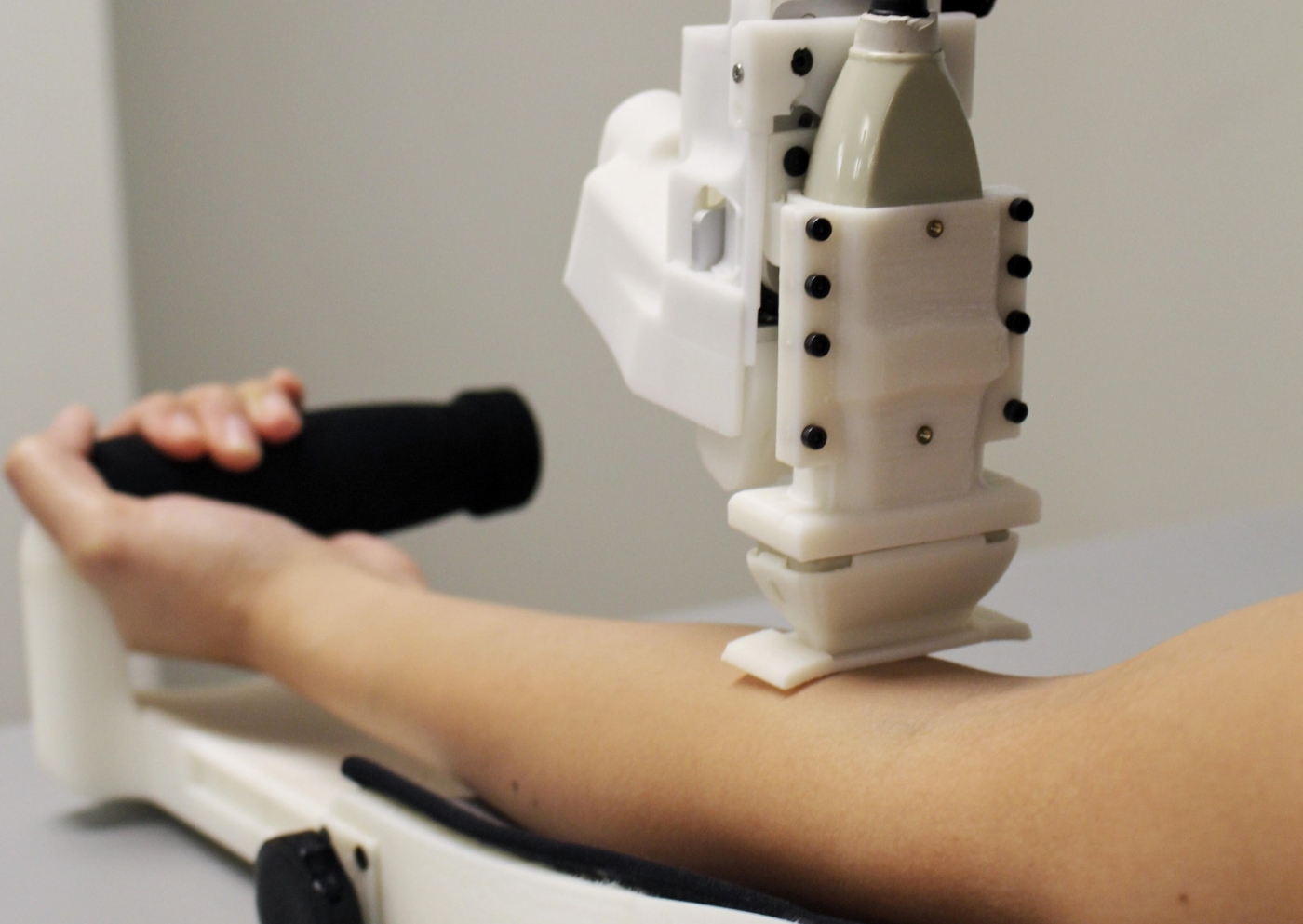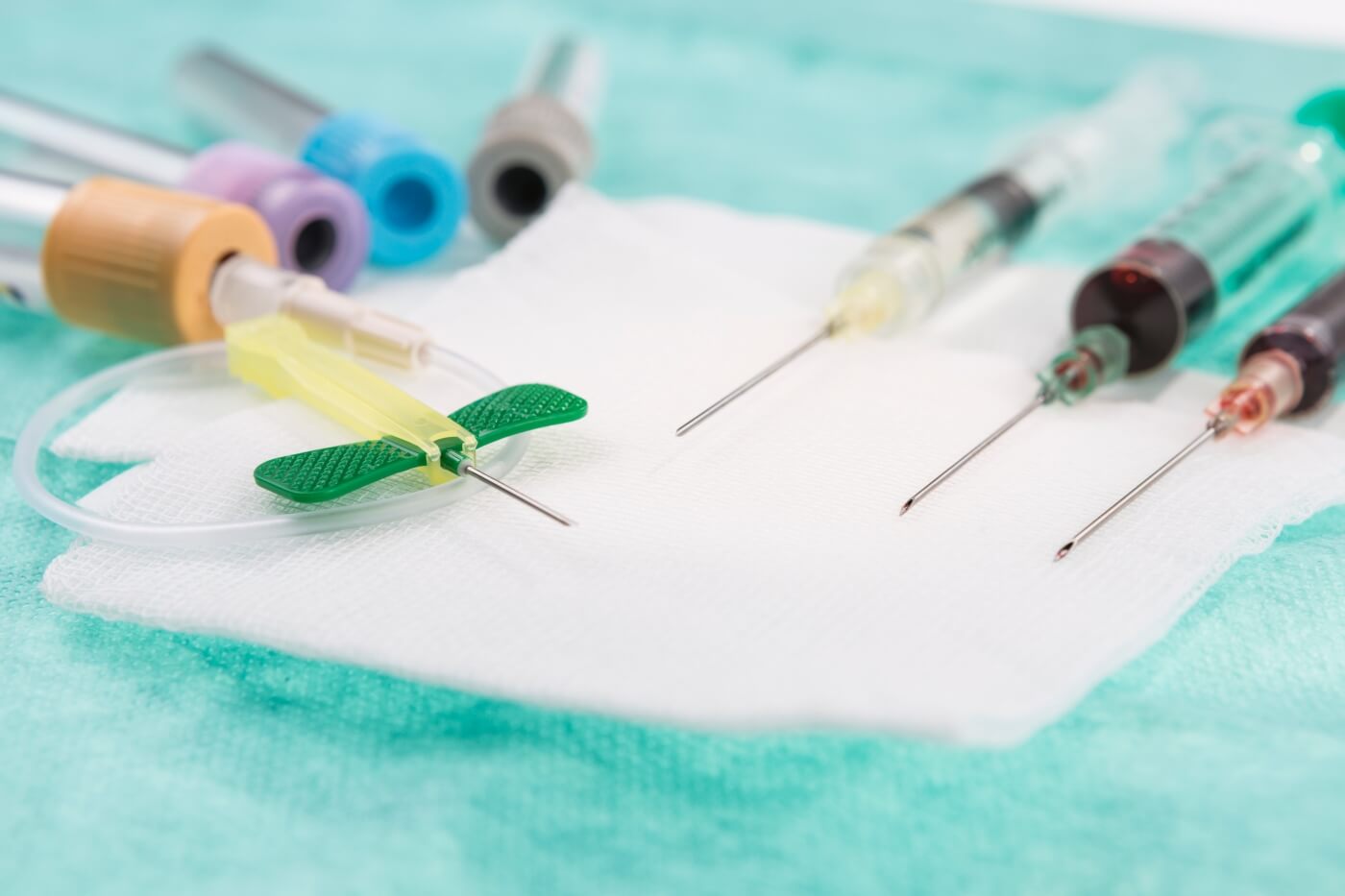Bottom line: Few things are as unpleasant as having to get blood drawn at the doctor. The issue is only compounded if you get an incompetent nurse or have a history of being "difficult to stick" due to small or elusive veins. The whole experience could change drastically in the future, however, thanks to the development of an automated blood drawing robot.
The prototype, created by a Rutgers-led team, utilizes ultrasound imaging to help the robot find and puncture the vein. In testing with 31 patients, the bot had an overall success rate of 87 percent. With patients whose veins were easy to access, that figure jumped up to 97 percent.

According to previous studies cited by Rutgers, venipuncture is the world's most common clinical procedure with more than 1.4 billion being performed each year in the US alone. Despite its commonality, the procedure routinely goes south as clinicians fail in 27 percent of sticks in patients without visible veins. The failure rate climbs to 40 percent in patients lacking palpable veins and 60 percent with emaciated subjects.
"Repeated failures to start an IV line boost the likelihood of phlebitis, thrombosis and infections," Rutgers said. It also can increase the procedure time and may even tie up additional staff, wasting resources.
Josh Leipheimer, lead author of the research, said a device like theirs could help clinicians get blood samples quickly, safely and reliably, preventing unnecessary complications and pain due to multiple needle insertion attempts.
Rutgers said the next step is to refine the device to increase its success rate in patients with veins that are difficult to access.
Masthead credit: Venipuncture by dmdartworx2016
